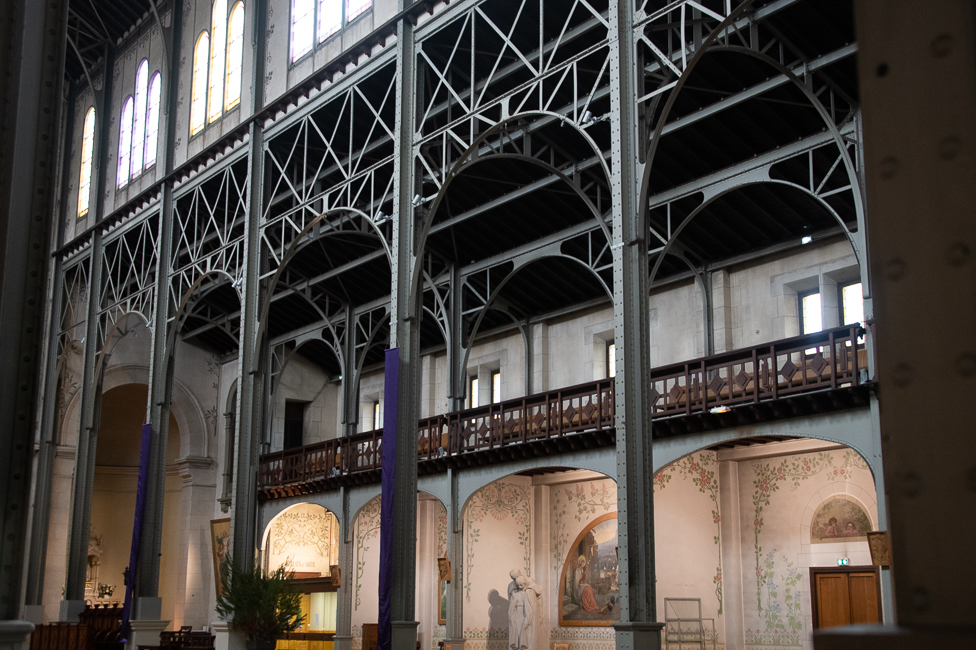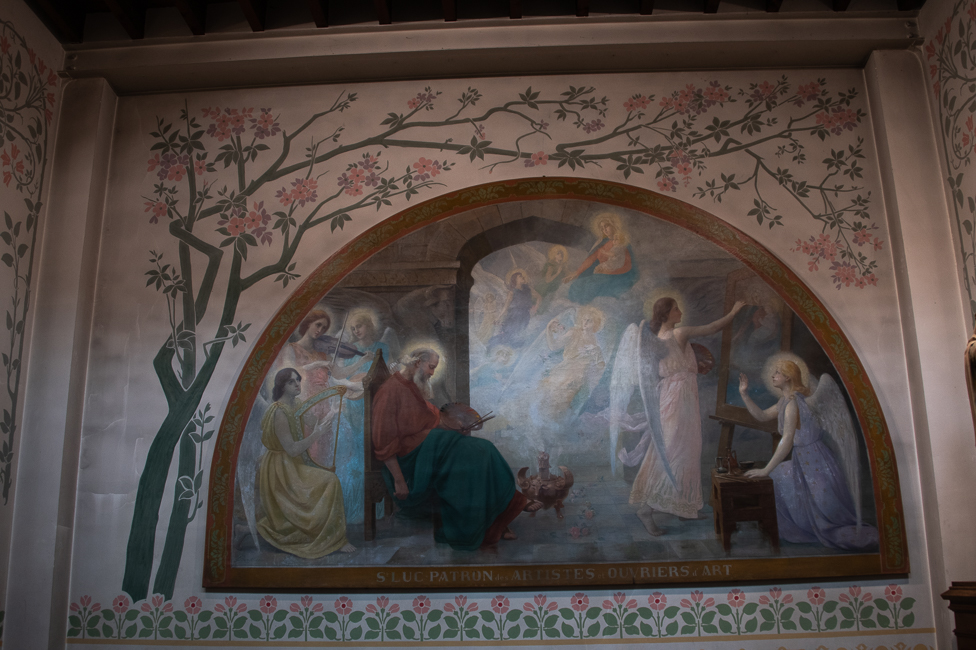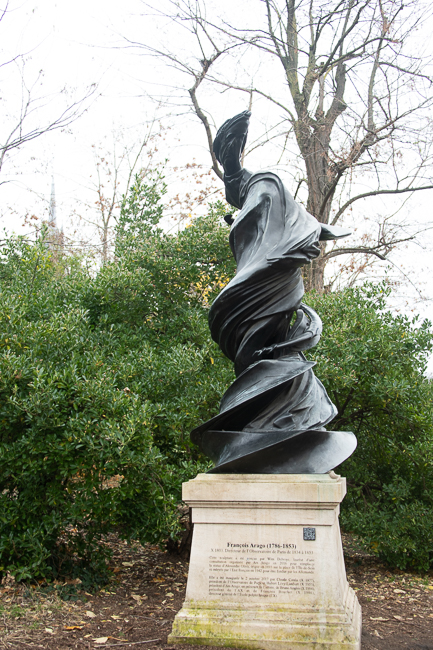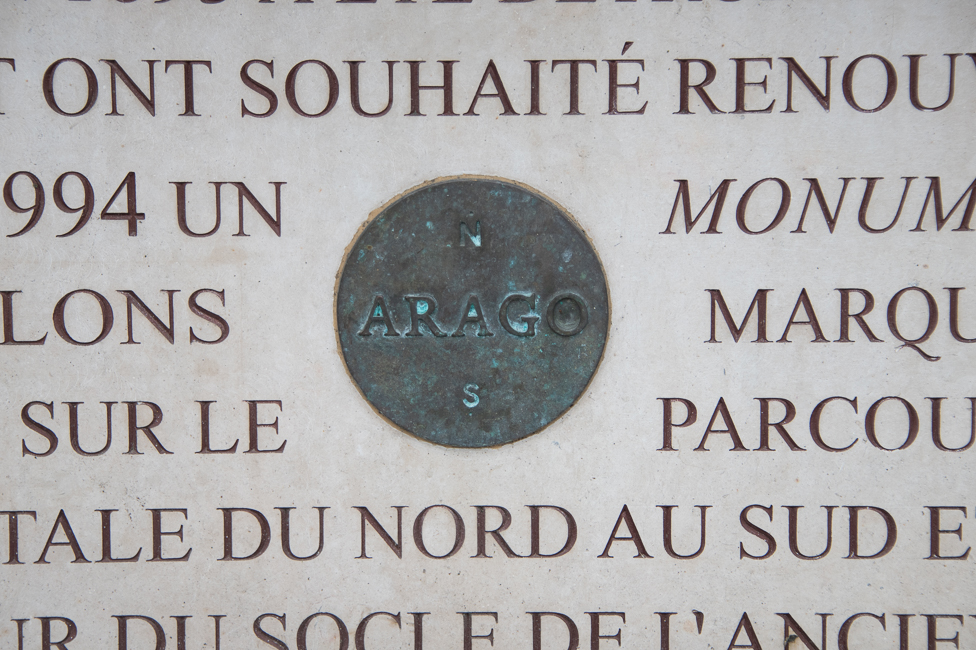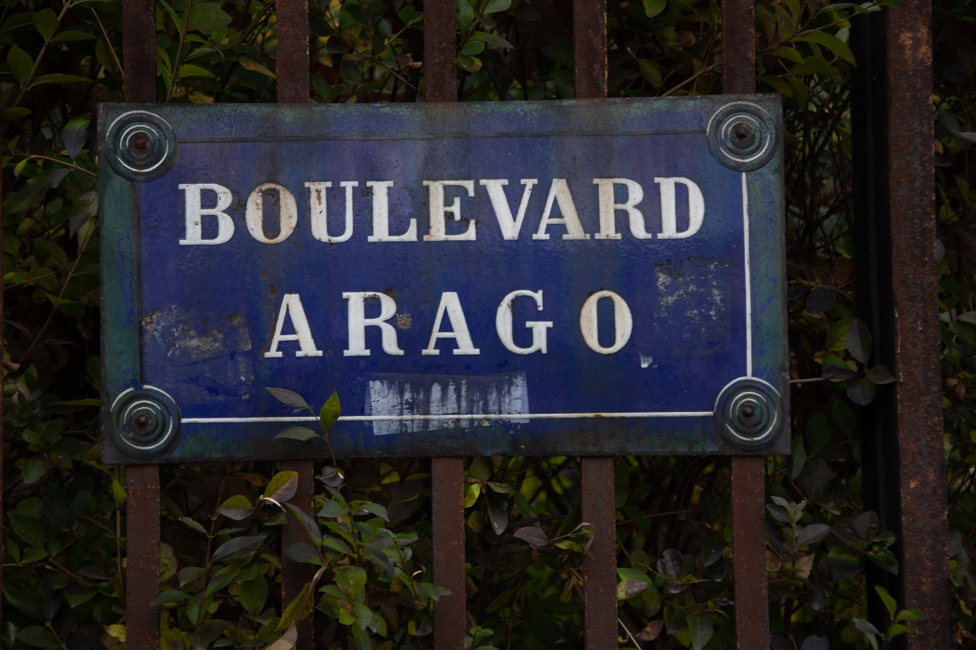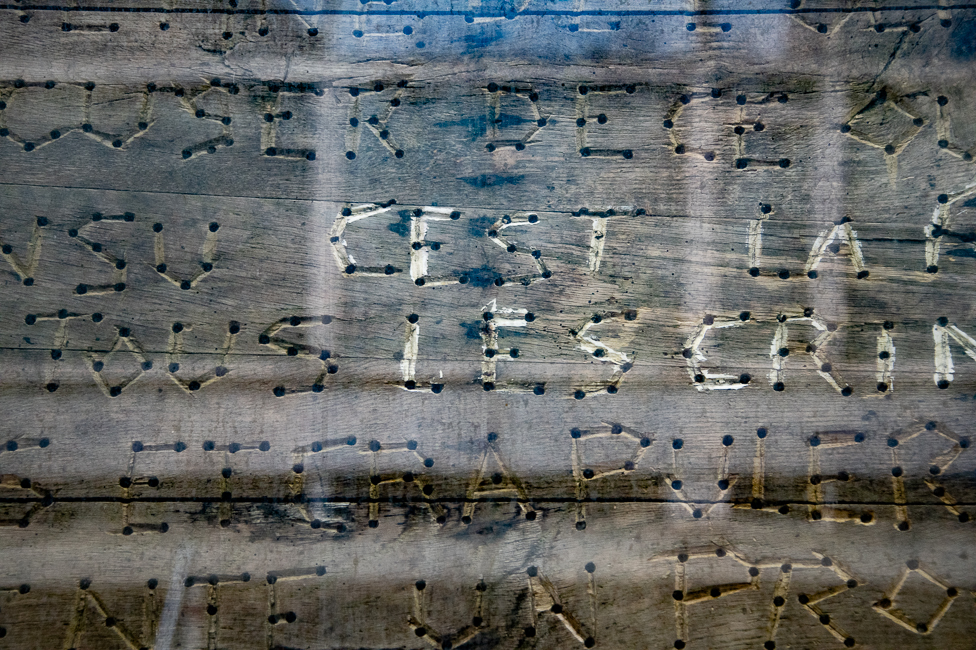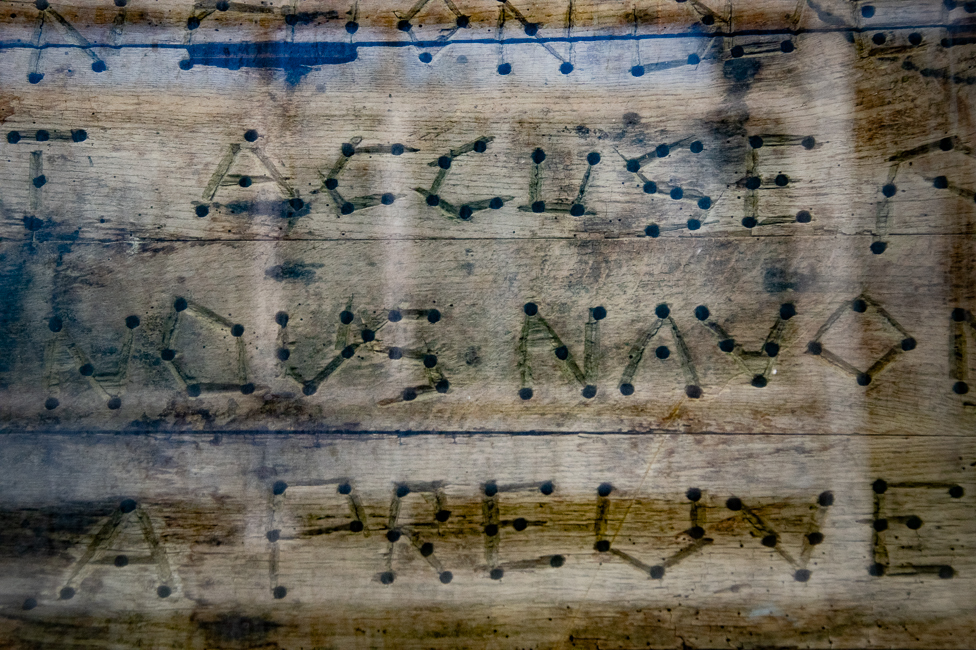November 2021
Notre Dame du Travail
The exterior of Notre Dame du Travail looks like any church in any town built in this time period, but it was the interior that brought me here.
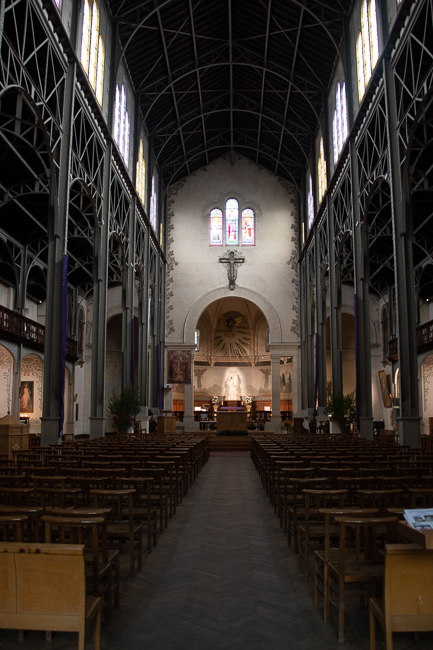 The parish that served this area was originally known as Notre Dame de l’Assomption de Plaisance. When the quartier became part of Paris in 1860, the parish was renamed Notre Dame de Plaisance.
The parish that served this area was originally known as Notre Dame de l’Assomption de Plaisance. When the quartier became part of Paris in 1860, the parish was renamed Notre Dame de Plaisance.
Montparnasse then a growing gateway to Paris, was struggling to meet the needs of the rapidly expanding number of working-class residents, this included a church large enough to hold all of the new residents.
In 1886 Abbe Soulange-Bodin was appointed parish priest of the parish of Plaisance. Father Soulange-Bodin was responsible for building this church for the then 35,000 parishioners. From the first moment of its inception Father Soulange-Bodin wanted to build something that would honor those who were building this ever expanding city. He felt the church should reflect the workers and therefore had the church built of materials they understood, iron and wood. The churches name translates to Our Lady of the Labourers.
Father Soulange-Bodin chose architect, Jules Astruc (1862-1935), to design this structure, that while it is a church, it is a church like no other.
Work on the church began in 1897 and it was completed in 1902. this was the time of the Universal Exhibition of Paris on the Champ de Mars when many of the workers building the Exhibition’s attractions lived in the 14e arrondissement of the city.
 It is believed that the steel hoops used for the vaulted nave were recovered from the roof of the Palais de l’Industrie that was built for the Universal Exhibition of 1900.
It is believed that the steel hoops used for the vaulted nave were recovered from the roof of the Palais de l’Industrie that was built for the Universal Exhibition of 1900.
Guiseppe Uberti and Emile Desouches painted the murals of the lateral chapels. Some depict scenes from the life of Sainte Geneviève, the patron saint of Paris. But fittingly others illustrate the different trades and their patron saints.
Arago and The French Meridian Line
The French Meridian Line was established in 1667 and revised/extended several times, most famously by François Arago. It was in use until 1884.
In 1884, at the International Meridian Conference in Washington DC, the Greenwich meridian was adopted over the French meridian as the prime meridian of the world. The Meridian Line is the Prime or Zero Meridian whose data is used to measure all things longitude.
François Arago (1786-1853) was a French physicist who discovered the principle of the production of magnetism by rotation of a nonmagnetic conductor. He also devised an experiment that proved the wave theory of light and participated in research that led to the discovery of the laws of light polarization.
Arago is best known for his part in the dispute between his protege U.-J.-J. Le Verrier, and English astronomer John C. Adams over who actually discovered Neptune, thus who got to name it. Arago had suggested in 1845 that Le Verrier investigate anomalies in the motion of Uranus. When the investigation resulted in Le Verrier’s discovery of Neptune, Arago proposed that the newly found planet be named for Le Verrier.
Dutch artist Jan Dibbets created an homage to Arago with 135 bronze medallions dotting the streets of Paris along the path of the Paris meridian from north to south. Each coin bears Arago’s name and the letter N(north) and S(south) to help you determine your path should you decide to follow them all.
Jeannot’s Floors
This is an art installation that can be found outside of Saint Anne’s Hospital in Paris’s 14th Arrondissement.
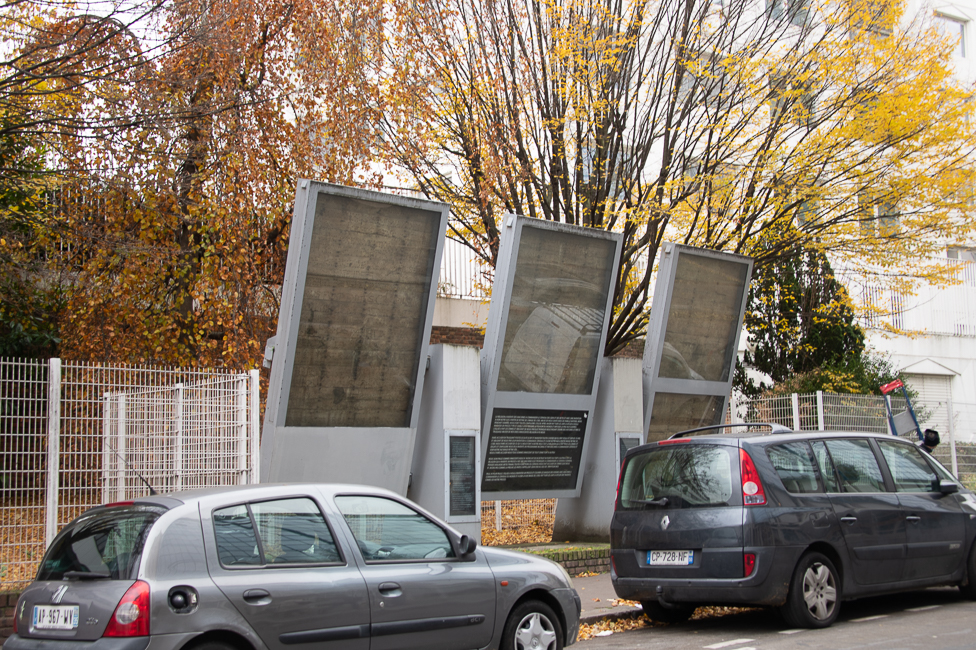 Jeannot le Béarnais was a farmer in Bearn France. He was physically abused by his father, who went on to commit suicide in 1959. le Béarnais began to suffer from schizophrenia after his father’s death while he continued living with his mother and sister. In 1966, Jeannot opened fire on his neighbors’ dining room, after voices told him to kill them.
Jeannot le Béarnais was a farmer in Bearn France. He was physically abused by his father, who went on to commit suicide in 1959. le Béarnais began to suffer from schizophrenia after his father’s death while he continued living with his mother and sister. In 1966, Jeannot opened fire on his neighbors’ dining room, after voices told him to kill them.
In 1971, a vet found his mother dead in her armchair. Jeannot insisted she should be buried under the kitchen stairs, with a ball of wool, knitting needles and a bottle of wine.
Jeannot moved his bed to the dining room, next to the stairs, and began carving up the oak floor. It reads:
‘Religion has invented machines for commanding the brain of people and animals and with an invention for seeing our vision through the retina uses us to do ill (…) the church after using Hitler to kill the Jews wanted to invent a trial to take power (…) we Jean Paule are innocent we have neither killed nor destroyed nor hurt others it’s religion that uses electronic machines to command the brain.’
Seven months after his mother was buried under the stairs, Jeannot starved to death.
This art installation was met with outrage from opponents who found it to be exploitative or in bad taste. However the floor found a home at Saint Anne’s Hospital after being displayed in several galleries. It stands as a powerful statement regarding mental illness.
With these floors is a long description from the hospital about the fact that Jeannot was suffering in a time where drugs for mental illness were in their infancy, and this shows what happens when people are not able to receive proper care.
Dinner: Jiji – Japanese take on French food – fabulous! – 57 Rue Turenne – the 3rd
